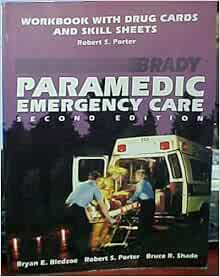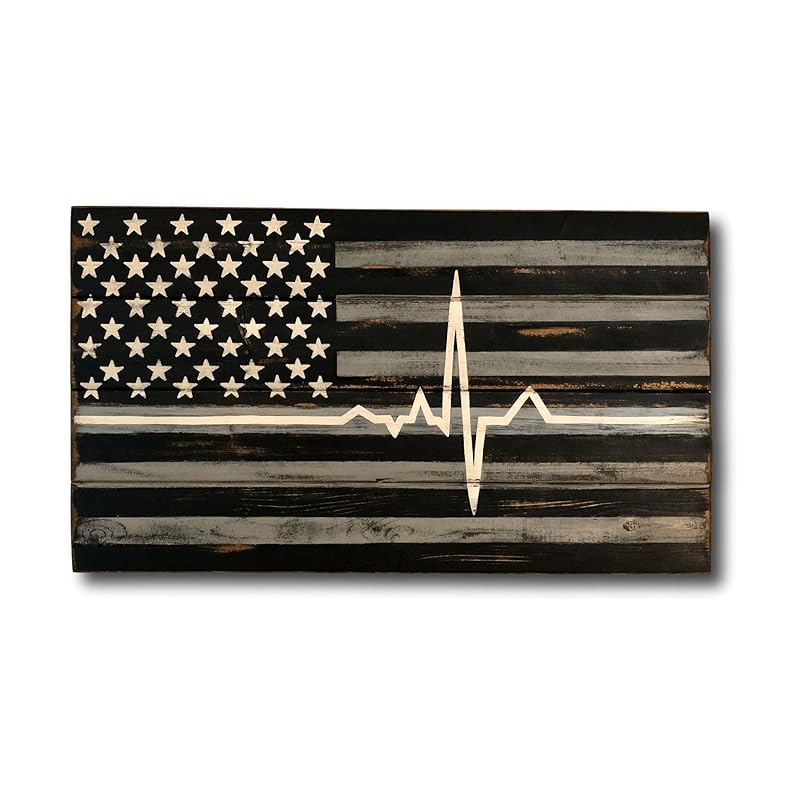As a paramedic, the ability to quickly and accurately administer medications can be the difference between life and death. Drug cards are essential tools that aid in this process, providing quick access to vital information about various medications. This article explores how to effectively use drug cards, enhancing paramedic efficiency in emergency situations.
Understanding Drug Cards
Drug cards are concise, portable reference tools that outline essential information about medications commonly used in pre-hospital settings. They are typically formatted to provide a quick-glance overview, which can be crucial when time is of the essence. Understanding how to utilize these cards effectively is paramount for paramedics.
What Information is Typically Found on Drug Cards?
Drug cards generally include a variety of important information, such as:
- Drug Name: Both the generic and brand names.
- Indications: Conditions or situations where the drug is applicable.
- Dosage: Recommended dosages for adults and pediatrics.
- Administration Routes: How the medication can be administered (e.g., IV, IM, subcutaneous).
- Side Effects: Common and serious side effects to watch for.
- Contraindications: Situations where the drug should not be used.
- Interactions: Potential drug interactions that could affect patient safety.
The Importance of Drug Cards in Emergency Situations
In emergency medical services (EMS), every second counts. The ability to quickly reference drug information can streamline decision-making and improve patient outcomes.
Efficiency in High-Stress Environments

During emergencies, paramedics often operate under extreme pressure. Drug cards allow for:
- Speed: Quick reference to drug information minimizes time spent on decision-making.
- Accuracy: Helps prevent medication errors by providing clear guidelines.
- Confidence: Reinforces knowledge, allowing paramedics to make informed choices under stress.
Case Study: The Role of Drug Cards in Cardiac Arrest

Consider a scenario where a paramedic is treating a patient experiencing a cardiac arrest. Quick decisions about medication such as epinephrine or amiodarone are critical. A drug card can provide:
- Dosage Information: Immediate access to correct dosages based on the patient’s condition.
- Indications: Clarification on when to administer these drugs during resuscitation efforts.
- Side Effects: Awareness of potential adverse reactions that may affect treatment.
In a study conducted by the Journal of Emergency Medical Services (JEMS), paramedics using drug cards reported a 30% decrease in medication errors during high-stress situations compared to those who relied solely on memory.
Best Practices for Utilizing Drug Cards

To maximize the effectiveness of drug cards, paramedics should adopt several best practices:
1. Familiarization and Regular Review
Paramedics should regularly familiarize themselves with the drug cards to enhance memory retention and confidence. This can involve:
- Conducting periodic reviews of drug cards during team training sessions.
- Utilizing flashcards or quizzes to reinforce knowledge.
- Engaging in simulations that incorporate the use of drug cards.
2. Customization of Drug Cards

While standard drug cards are useful, customizing them can make them even more effective. Consider the following:
- Incorporating local protocols and preferred medications used by your EMS agency.
- Highlighting critical information specific to your patient demographic, such as pediatric dosing.
- Including visual aids or mnemonics to enhance memory retention.
3. Integration with Technology
Many paramedics now use digital drug cards through mobile devices. This integration offers unique advantages:
- Updates: Digital cards can be updated in real-time to reflect new medications or protocols.
- Search Functionality: Quick searches can provide immediate access to necessary information.
- Accessibility: Information can be accessed even in challenging environments where paper cards may be cumbersome.
4. Collaboration and Communication
Effective communication within a team can enhance the utility of drug cards. Paramedics should:
- Engage in discussions about medication protocols and share experiences related to drug administration.
- Use drug cards as a reference point during team briefings to ensure everyone is on the same page.
- Encourage new team members to ask questions regarding drug administration to foster a learning environment.
Challenges and Solutions in Using Drug Cards

While drug cards are invaluable, several challenges may arise in their use:
1. Information Overload

Paramedics may feel overwhelmed by the amount of information on drug cards. To combat this:
- Focus on the most frequently used medications and ensure those cards are well-memorized.
- Utilize color coding or symbols to quickly identify critical information.
2. Outdated Information
Medication protocols can change, leading to outdated information on drug cards. To address this:
- Regularly review and update drug cards based on current guidelines and protocols.
- Establish a routine check to ensure all team members are using the most recent versions.
In conclusion, drug cards are essential tools for paramedics, providing quick access to vital medication information in high-pressure situations. By understanding their layout, regularly reviewing their content, and integrating them into daily practice, paramedics can enhance their efficiency and accuracy in medication administration. Customizing and utilizing technology can further optimize their effectiveness. Despite some challenges, the benefits of drug cards in improving patient outcomes are undeniable, making them a critical component of emergency medical services.
Ultimately, the mastery of drug cards not only serves to improve individual performance but also contributes to the overall efficacy of the EMS team, ensuring that patients receive the best possible care in their time of need.


